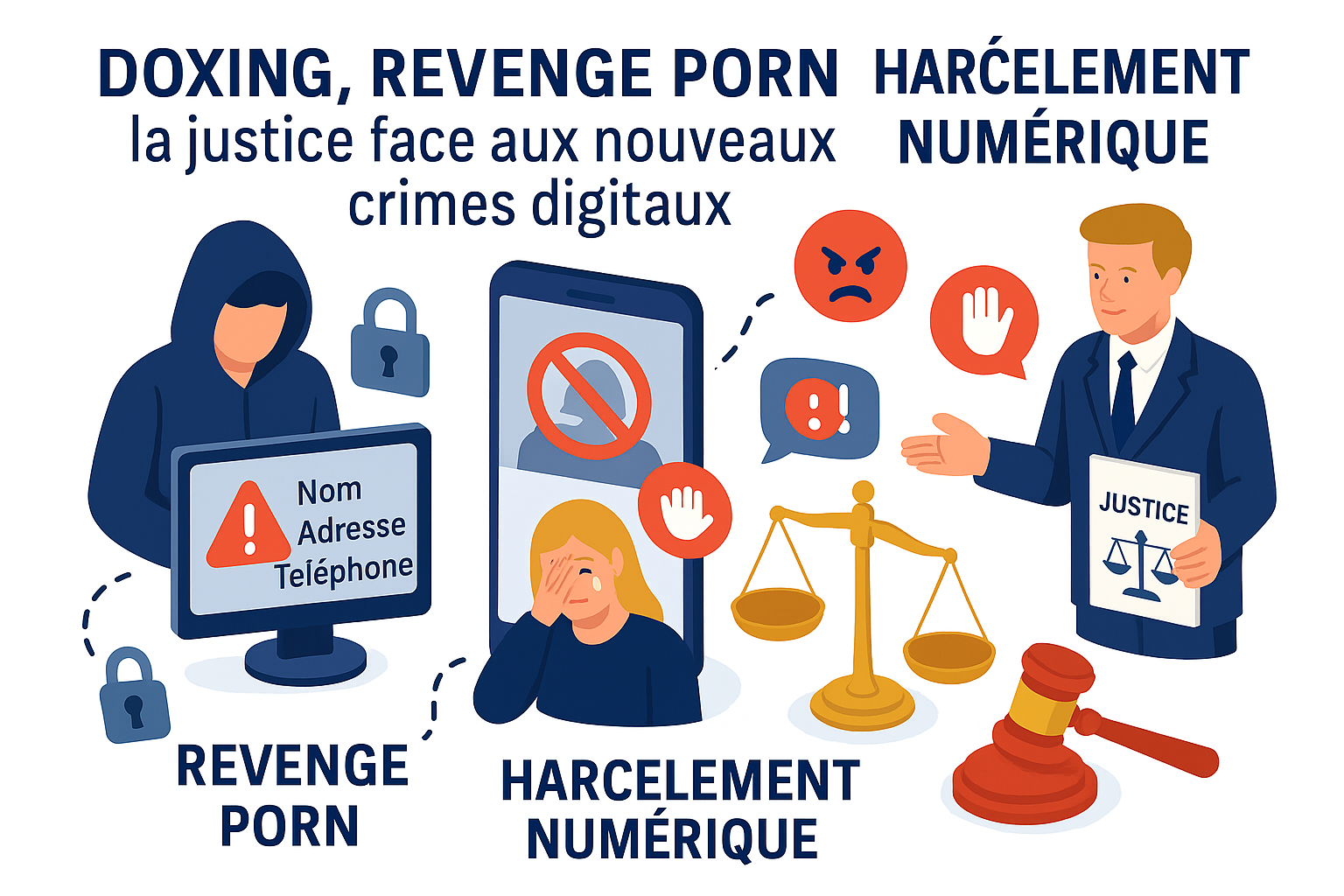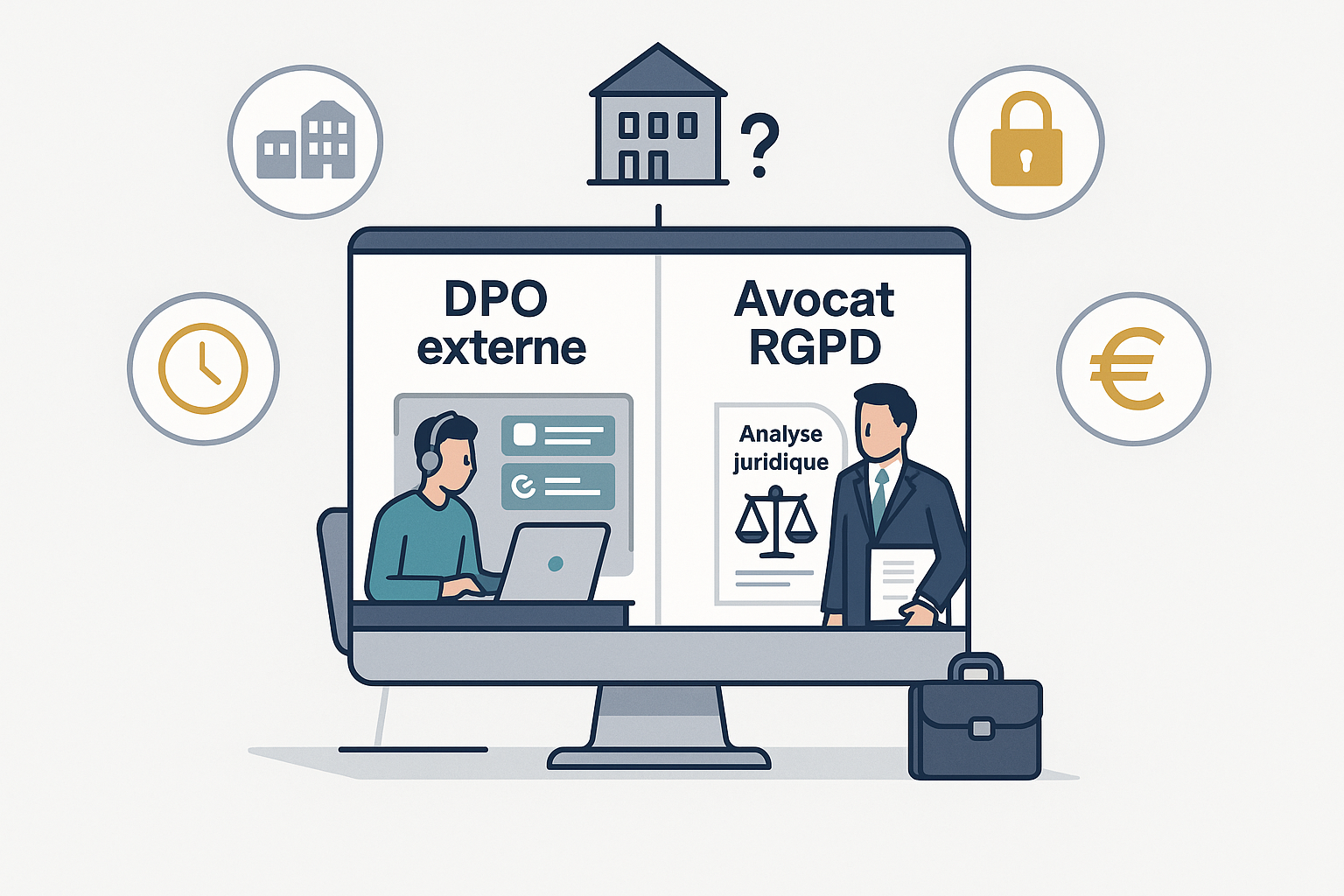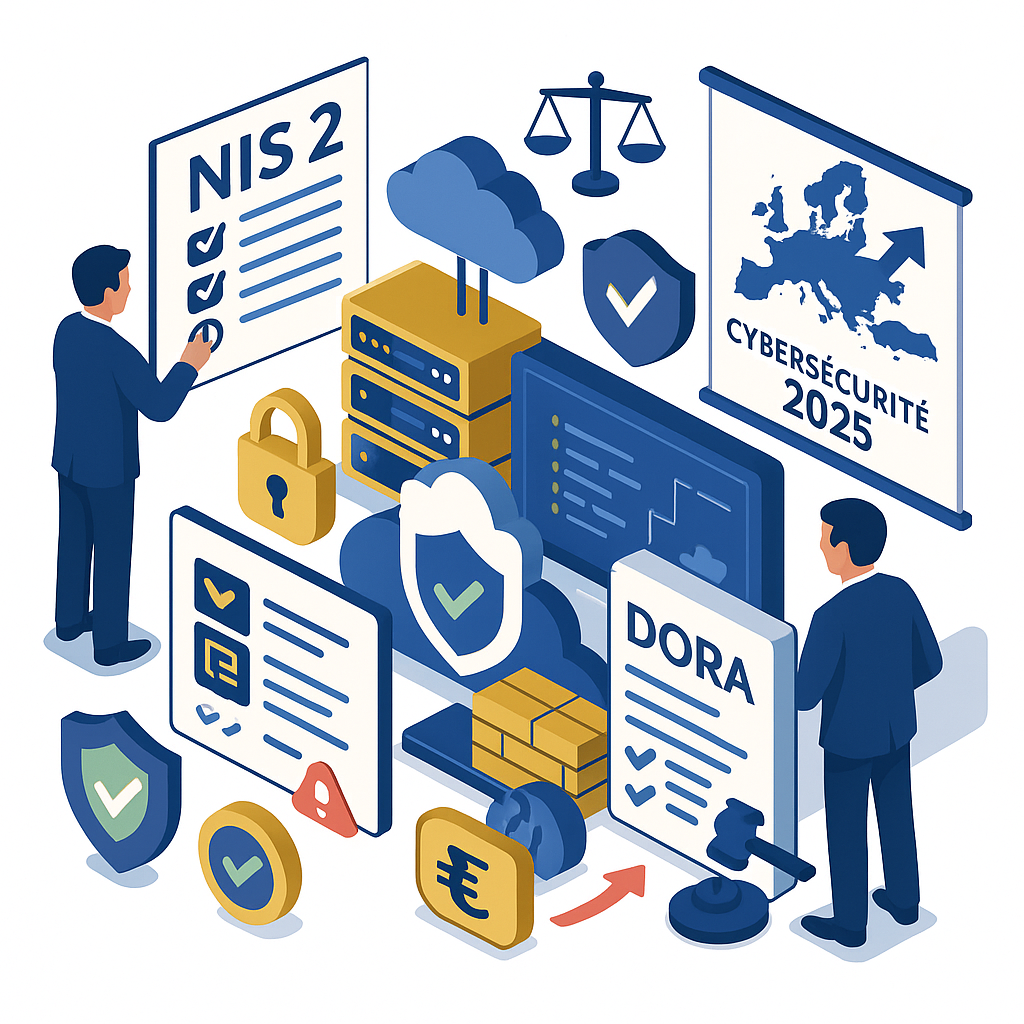Today, doxing, revenge porn and online harassment are serious violations of people's privacy and dignity.
The digital revolution has transformed our societies at unprecedented speed, creating new opportunities but also new forms of crime that the justice system must now combat.
Doxing (malicious disclosure of personal information), revenge porn (non-consensual dissemination of intimate images) and cyberstalking today represent serious violations of people's privacy and dignity.
Faced with these constantly evolving phenomena, the legal system is gradually adapting, developing new tools and procedures to protect victims and prosecute perpetrators.
If you need a digital lawyer, contact me!
High-profile cases reveal the scale of the phenomenon
The DiscordLeaks affair marked French public opinion in 2024. This organized group had set up a sophisticated system for collecting and disseminating the personal information of thousands of women, mainly from social networks. Members shared their victims' addresses, telephone numbers and professional information, often accompanied by explicit calls for harassment. The investigation carried out by the National Police's cybercrime division led to the identification of 17 network administrators and moderators, several of whom were sentenced to up to three years in prison.
TheMeTooInfluencers case also revealed the extent of the revenge porn phenomenon among content creators. Several influential personalities were implicated for using their fame to obtain intimate images, then blackmailing them for distribution. The media coverage of these cases raised collective awareness and led to a significant increase in the number of reports to the Pharos platform.
These emblematic cases represent only the tip of the iceberg. According to statistics from the French Ministry of the Interior, more than 12,000 complaints were lodged in 2024 for cyber harassment, doxing or revenge porn, representing a 47% increase on the previous year. This spectacular rise can be explained both by a real increase in malicious acts and by greater awareness of the legal remedies available.
A rapidly evolving legal arsenal
To meet these new challenges, French lawmakers have considerably strengthened the legal arsenal in recent years. The Schiappa law of 2018 had already created the offence ofsexist contempt, including certain forms of online harassment. But it was above all the 2020 law against hateful content on the internet (known as the "Avia law") which, despite partial censure by the Constitutional Council, laid the foundations for an institutional response.
In 2023, the French Penal Code was enriched by the creation of a new specific offence of doxing, punishing the dissemination of personal information with the aim of causing harm. Penalties are particularly severe, up to five years' imprisonment and a fine of 150,000 euros when the facts have had serious consequences for the victim.
The burden of proof in the case of revenge porn has been modified to better protect victims. From now on, it is no longer necessary to prove the absence of consent to the dissemination of intimate images: it is up to the person disseminating the images to prove that they had explicit consent. This reversal is a major step forward, welcomed by victims' associations.
At European level, the Digital Services Act now requires digital platforms to be vigilant and responsive to reports of illegal content. Major platforms such as Facebook, Instagram and TikTok must remove reported content within 24 hours, or face financial penalties of up to 6% of their worldwide sales.
Effective remedies and support for victims
Faced with these traumatic situations, victims of digital crime can now count on appropriate procedures. In the event of dissemination of intimate images or personal information, the first step is to make a rapid report to the platforms concerned, which are now legally obliged to remove problematic content within very short deadlines.
At the same time, it's essential to build up solid evidence by taking time-stamped screenshots, and keeping all the elements needed to identify the perpetrators. This documentation will be crucial for subsequent legal proceedings. Complaints can be lodged directly with the public prosecutor or at any police station.
To effectively navigate this complex process, the assistance of a digital lawyer in cybercrime cases is often decisive. These professionals are well versed in emergency procedures for rapidly obtaining the removal of harmful content, and can coordinate action with digital platforms. Their technical expertise also enables them to liaise effectively with specialized investigators and identify the relevant jurisdictions, particularly when offences involve players based abroad. Beyond the purely legal aspect, these lawyers can direct victims towards psychological support associations adapted to these traumatic situations.
In the most serious cases, specific protective measures can be put in place, such as prohibiting the perpetrator from contacting the victim by any means whatsoever, or the possibility of using an assumed identity in legal proceedings to protect the anonymity of those targeted by doxing.
Application difficulties in the face of online anonymity
Despite these legislative advances, effective application of the law still comes up against major technical obstacles. Therelative anonymity offered by the Internet remains a major challenge for investigators. Perpetrators of cyberstalking or doxing frequently use virtual private networks (VPNs), encrypted messaging services or the darkweb to conceal their identity and evade prosecution.
The international dimension of these offences also complicates proceedings. When the perpetrators act from abroad or use servers located outside national territory, investigators have to resort to international letters rogatory, lengthy and complex procedures whose effectiveness largely depends on the cooperation of the countries concerned.
Ces difficultés sont particulièrement marquées lorsque les contenus transitent par des plateformes établies dans des pays où la législation sur la protection de la vie privée est moins stricte qu’en France. Les réquisitions judiciaires adressées à certaines plateformes extraterritoriales peuvent rester sans réponse pendant des mois, laissant les contenus préjudiciables accessibles et prolongeant ainsi le préjudice subi par les victimes. Dans ces situations, l’accompagnement d’un avocat spécialisé en protection des données personnelles peut s’avérer précieux.
Faced with these constraints, specialized units such as theOffice Central de Lutte contre la Criminalité liée aux Technologies de l'Information et de la Communication (OCLCTIC) are developing new investigative methodologies.Digital investigation techniques are gradually being refined, enabling leads to be established even in complex technical environments.
Procedural innovations for more efficient justice
To overcome these obstacles, the French judicial authorities have developed several procedural innovations. The National Center for Combating Online Hate, created in 2021 within the Paris Judicial Court, now centralizes the most complex cases. This specialization enables magistrates to develop in-depth technical expertise and establish privileged working relationships with digital platforms.
Emergency procedures have also been adapted to the specificities of the digital world. The LCEN (Loi pour la Confiance dans l'Économie Numérique - Law for Confidence in the Digital Economy) summary procedure now makes it possible to obtain the removal of manifestly illicit content in a matter of hours, without waiting for the outcome of proceedings on the merits, which can take several months.
The creation of a national digital prosecutor's office is currently being considered for 2026. This new entity would have enhanced resources and national jurisdiction to deal with all offenses committed online, thus guaranteeing a uniform judicial response across the country.
Artificial intelligence technologies are also beginning to be used to help identify the perpetrators of coordinated harassment. Specialized algorithms can now analyze stylistic and technical similarities between different anonymous accounts, sometimes unmasking individuals operating under multiple identities.
Towards a digital justice adapted to contemporary challenges
The emergence of these new forms of digital crime has profoundly transformed our judicial system. While considerable progress has been made in recent years, major challenges remain to ensure effective protection of victims and appropriate punishment of perpetrators.
One of the most promising avenues lies in specialized training for those involved in the criminal justice system. Dedicated programs have been set up to sensitize police officers, gendarmes, prosecutors and judges to the specificities of digital offenses. This gradual build-up of skills is helping to improve the collection of complaints and the effectiveness of investigations.
Prevention also plays a crucial role. Digital risk education programs are now being rolled out in schools, while national campaigns are raising public awareness of responsible online behavior and the remedies available in the event of aggression.
The major challenge for the coming years will be to maintain a balance between the necessary protection of victims and the preservation of fundamental freedoms online. Increased surveillance of digital communications raises important ethical and legal questions that will need to be resolved through inclusive democratic debate.
A collective responsibility in the face of new violence
Faced with the growing scale of digital crime, the protection of individuals can no longer rest solely on the shoulders of the justice system. A genuine culture of digital responsibility must emerge, involving all players in the Internet ecosystem: platforms, access providers, application developers and, of course, users.
Social platforms are beginning to take the measure of their responsibility, deploying more effective moderation technologies and simplified reporting procedures. Some recent initiatives, such as the creation ofrapid response teams dedicated to revenge porn cases, show a positive evolution in industry practices.
However, raising public awareness remains the most powerful lever. Every Internet user can contribute to creating a safer digital environment by systematically reporting problematic content and supporting victims, rather than amplifying the spread of harmful content.
Malgré la complexité des défis techniques et juridiques, l’évolution récente de la législation et des pratiques judiciaires offre de réelles raisons d’espérer. La société numérique apprend progressivement à se protéger contre ses propres dérives, esquissant les contours d’un internet plus respectueux et plus sûr pour tous ses utilisateurs. L’accompagnement par un avocat spécialisé en droit du numérique reste un atout essentiel pour défendre efficacement les droits des victimes dans ce contexte en évolution.




